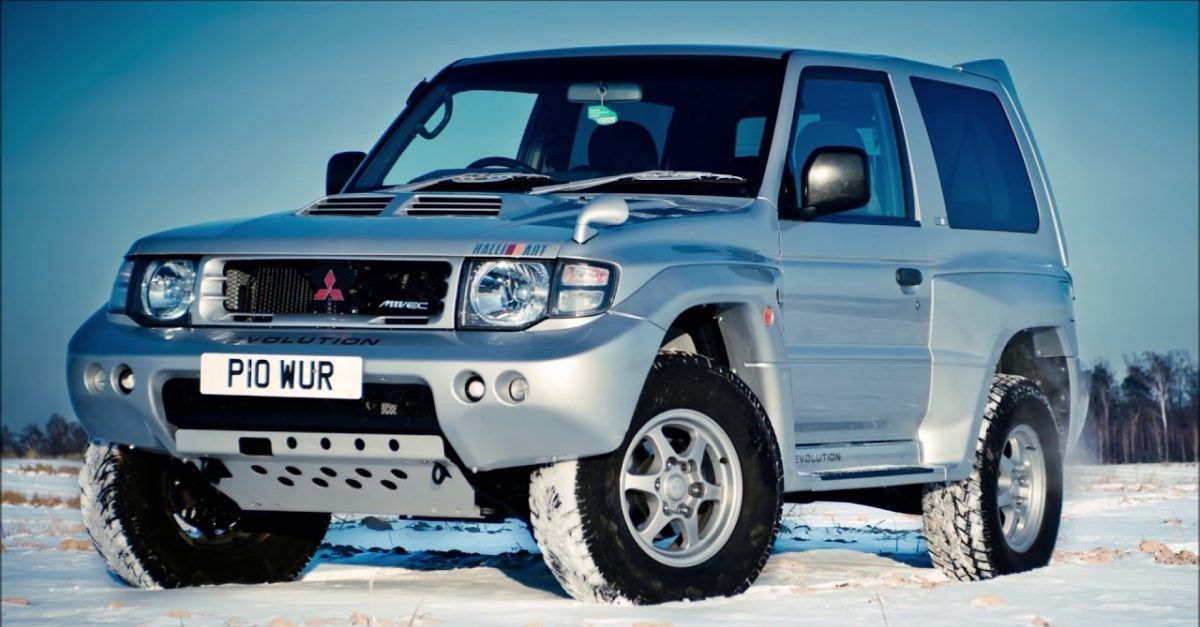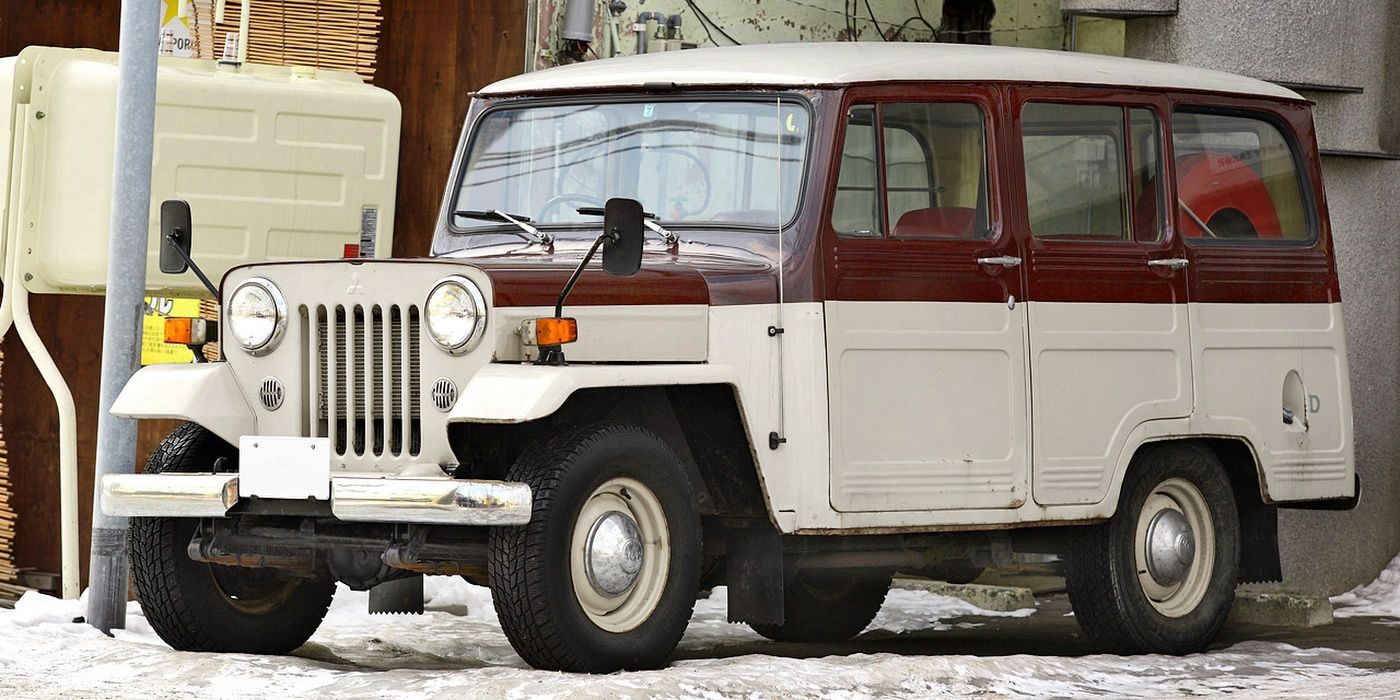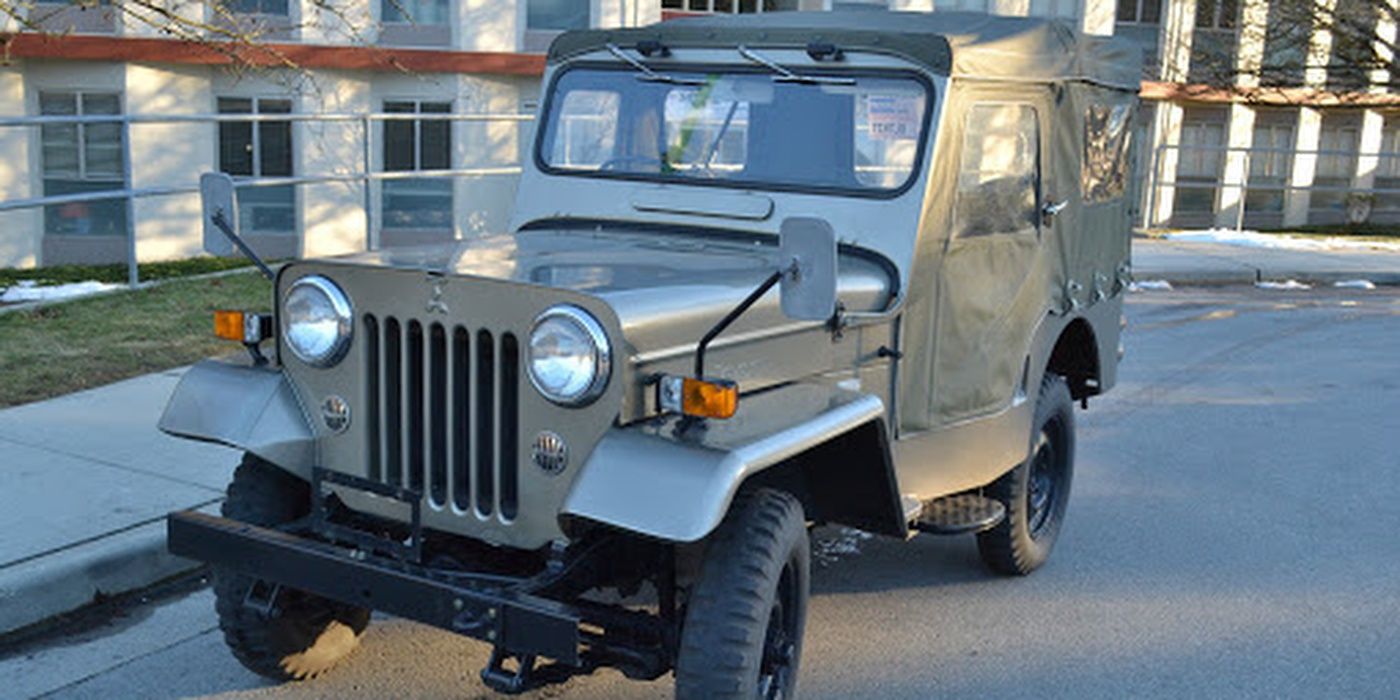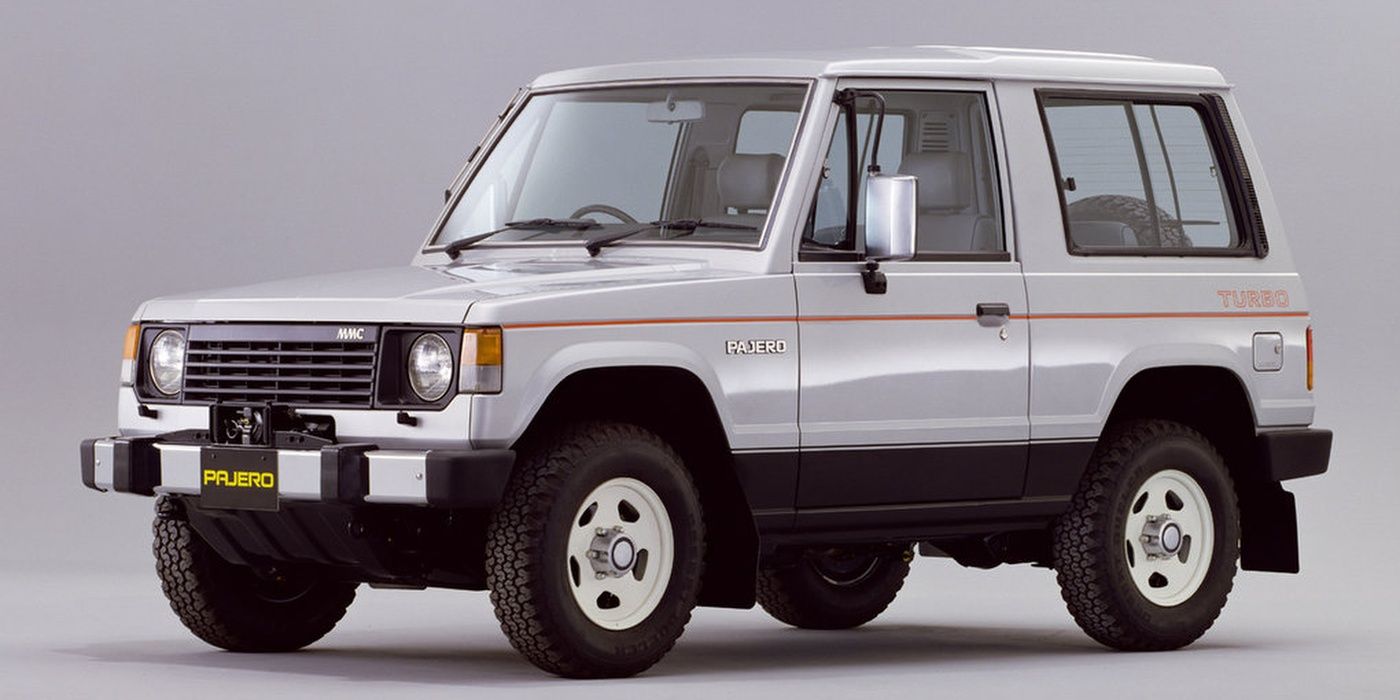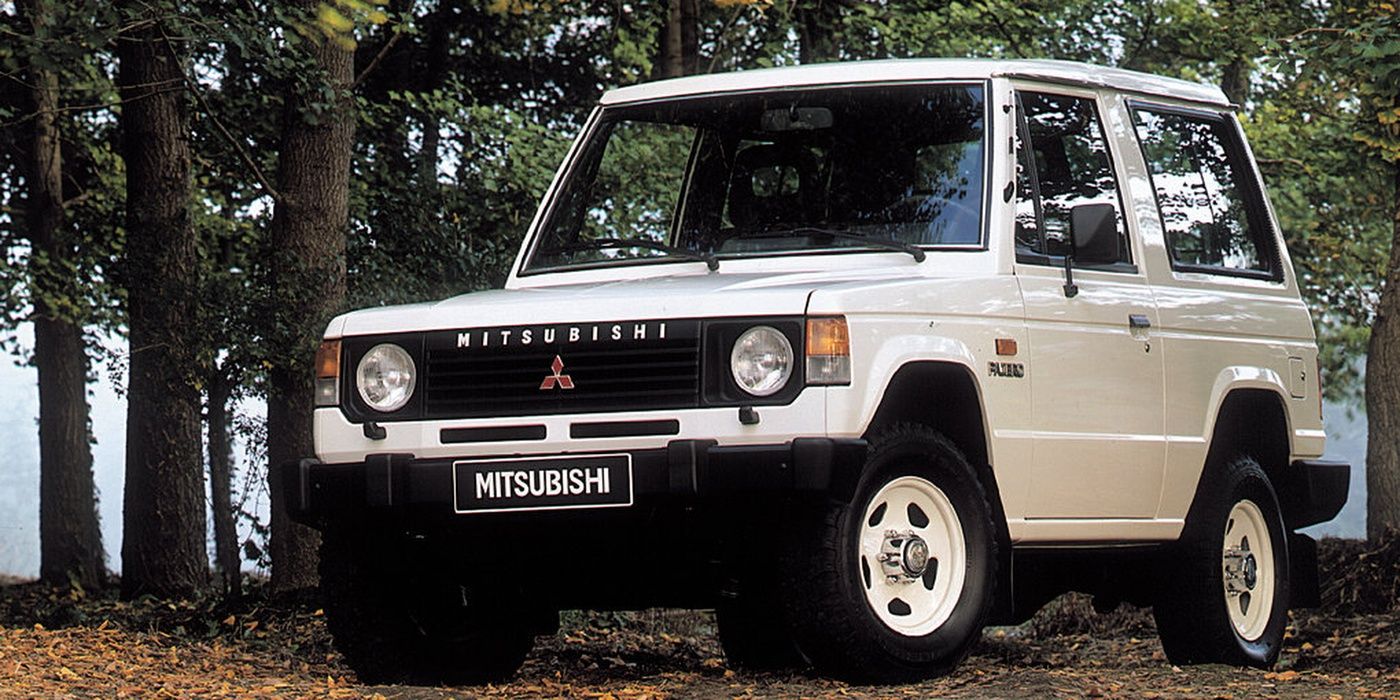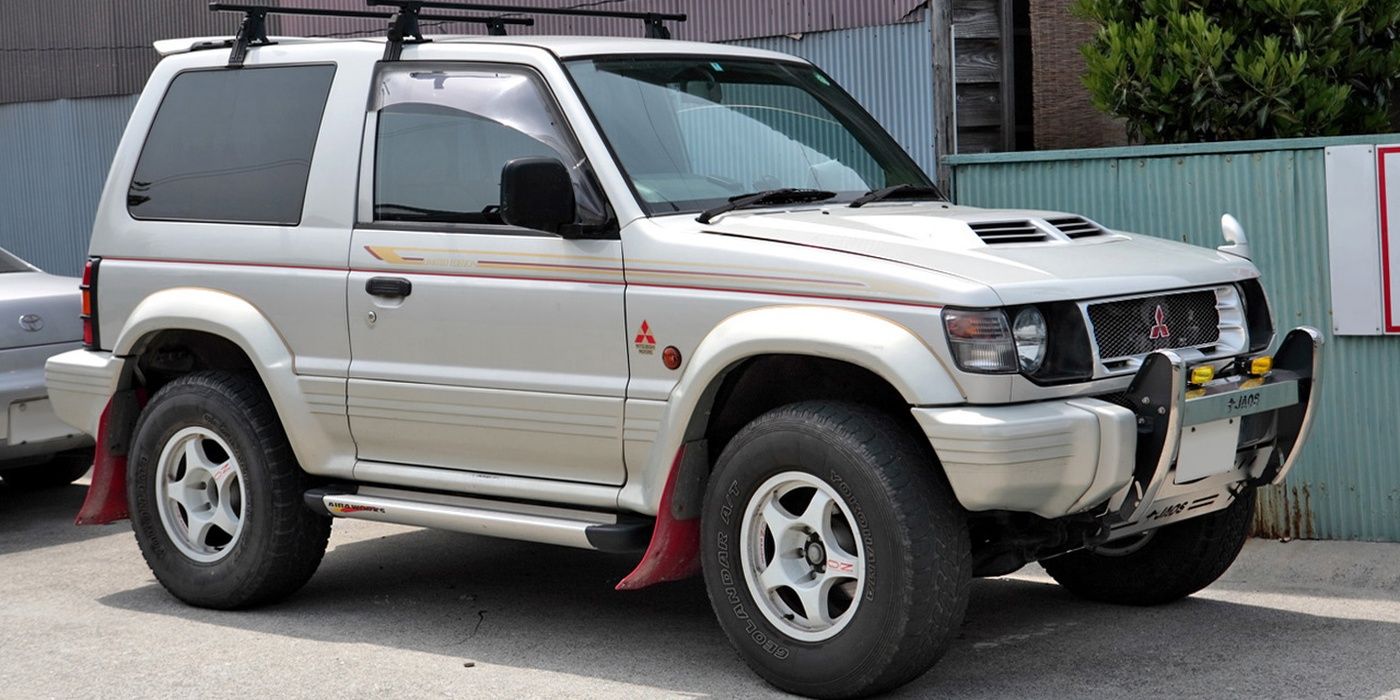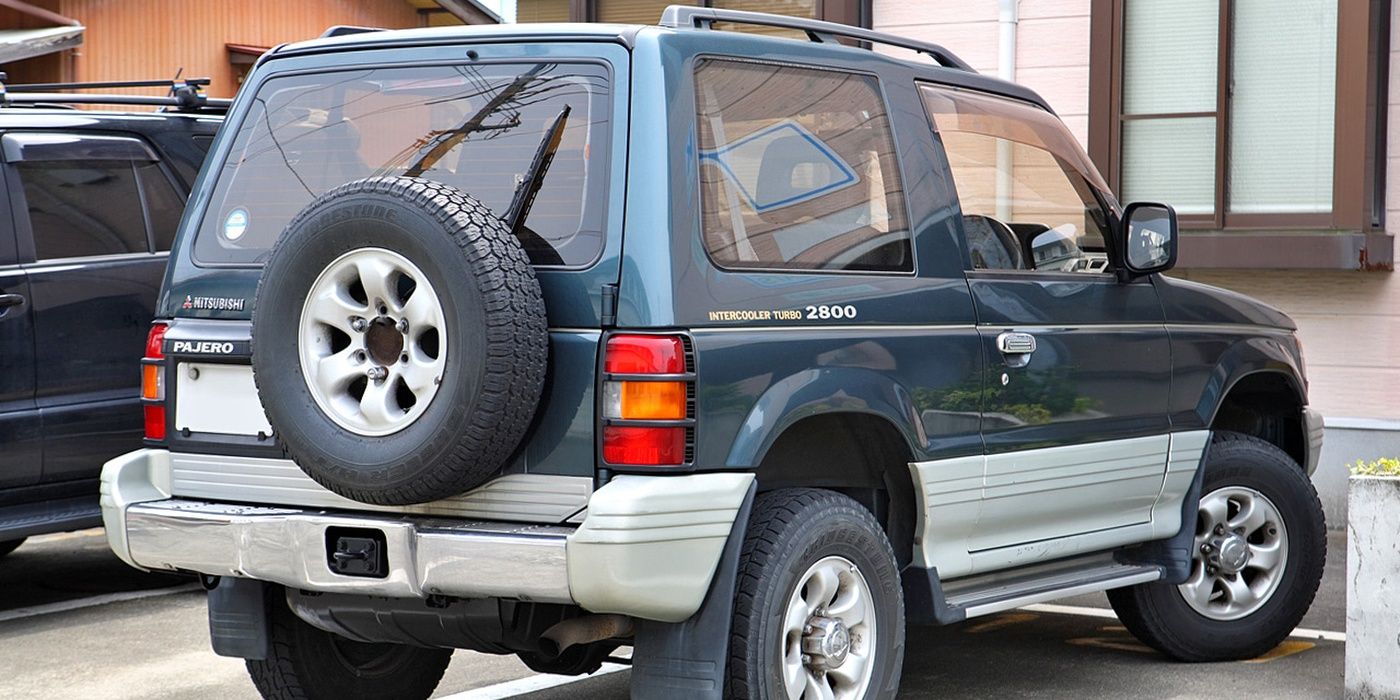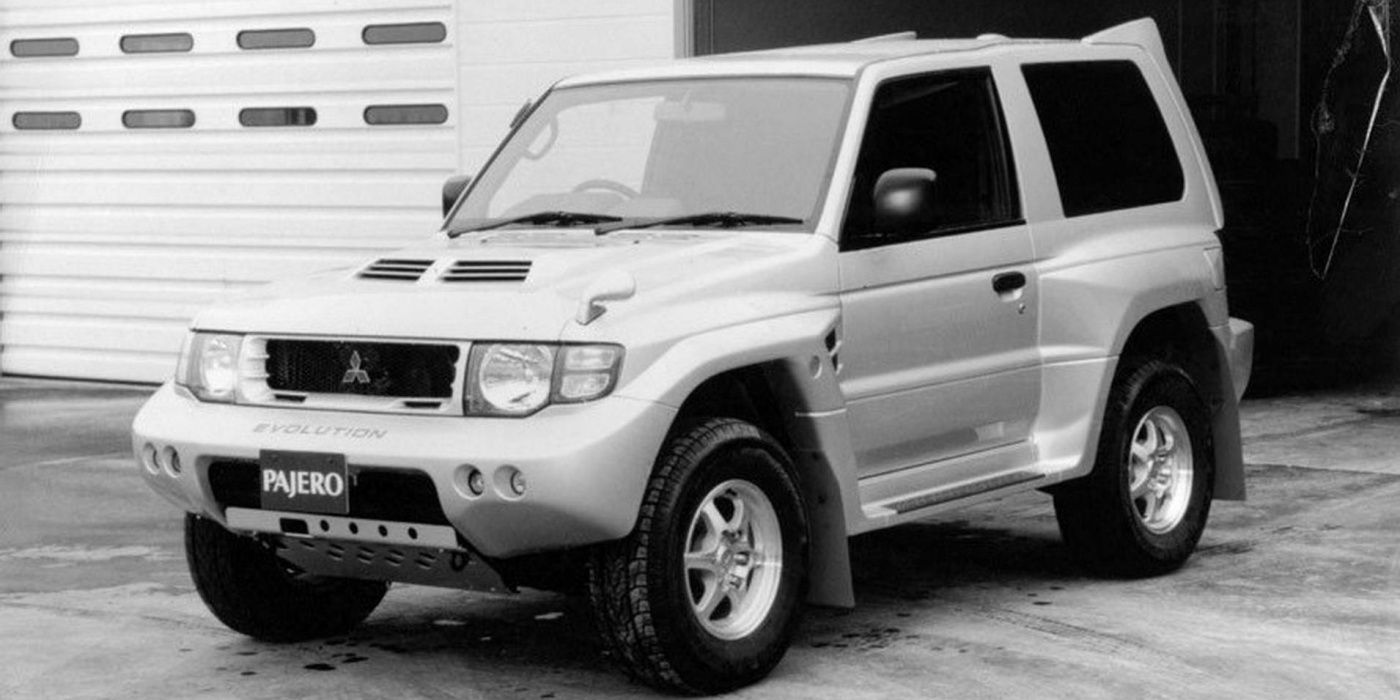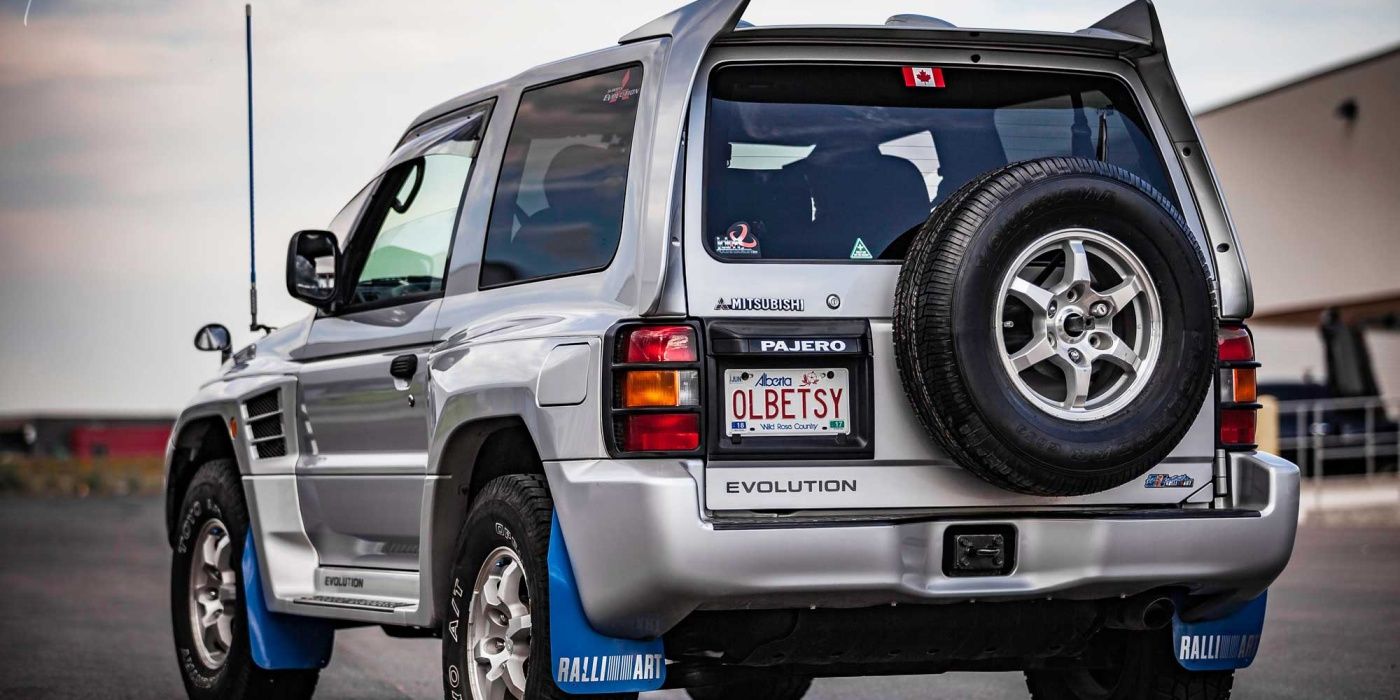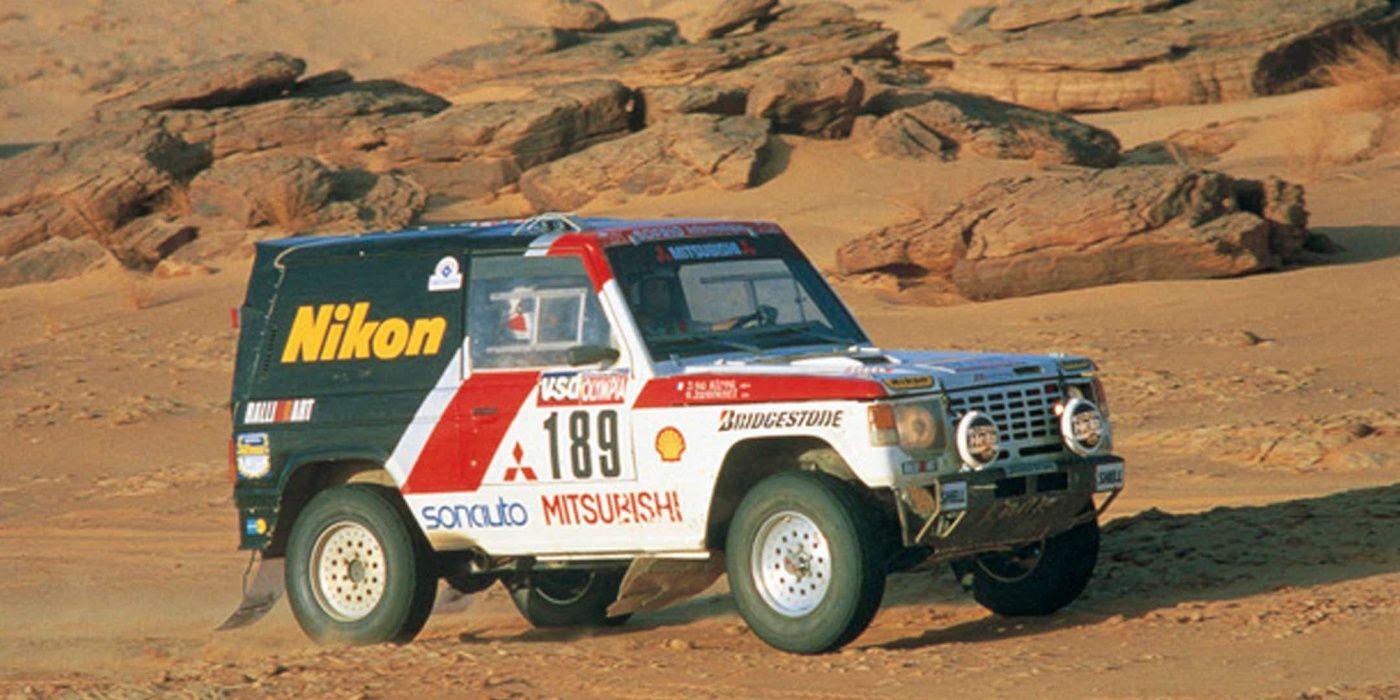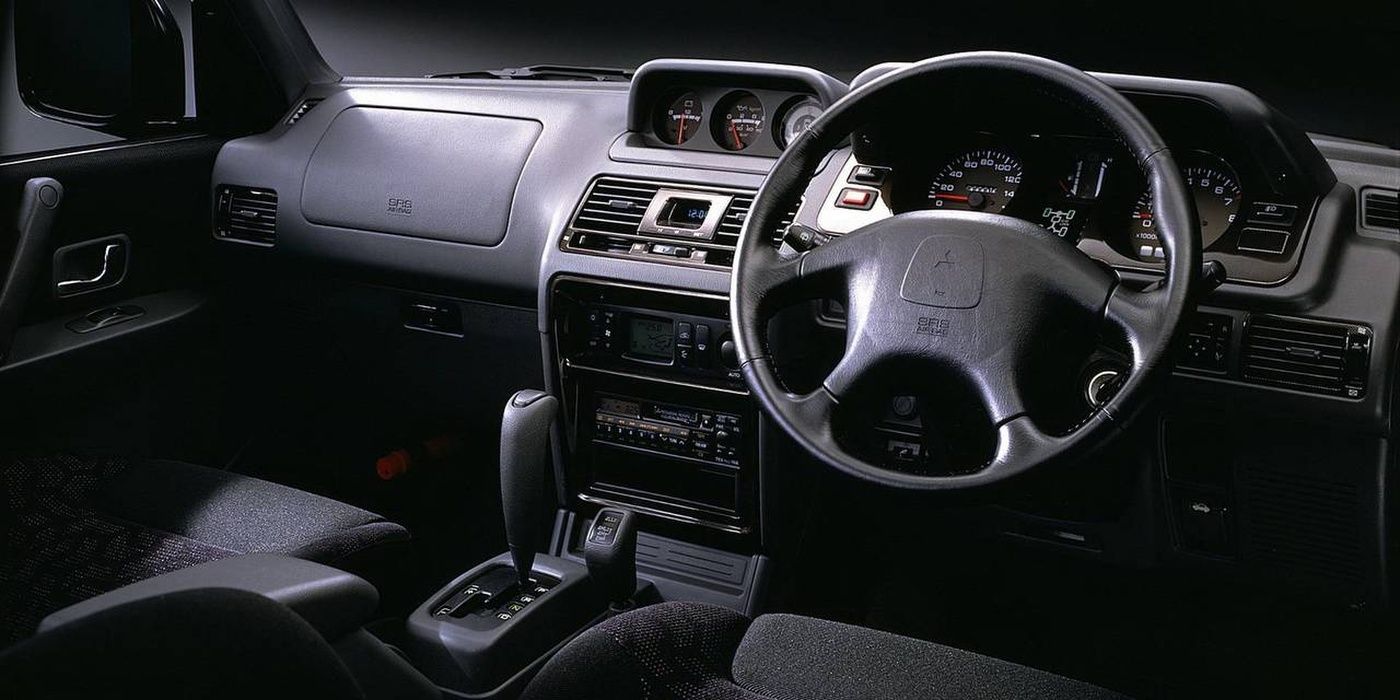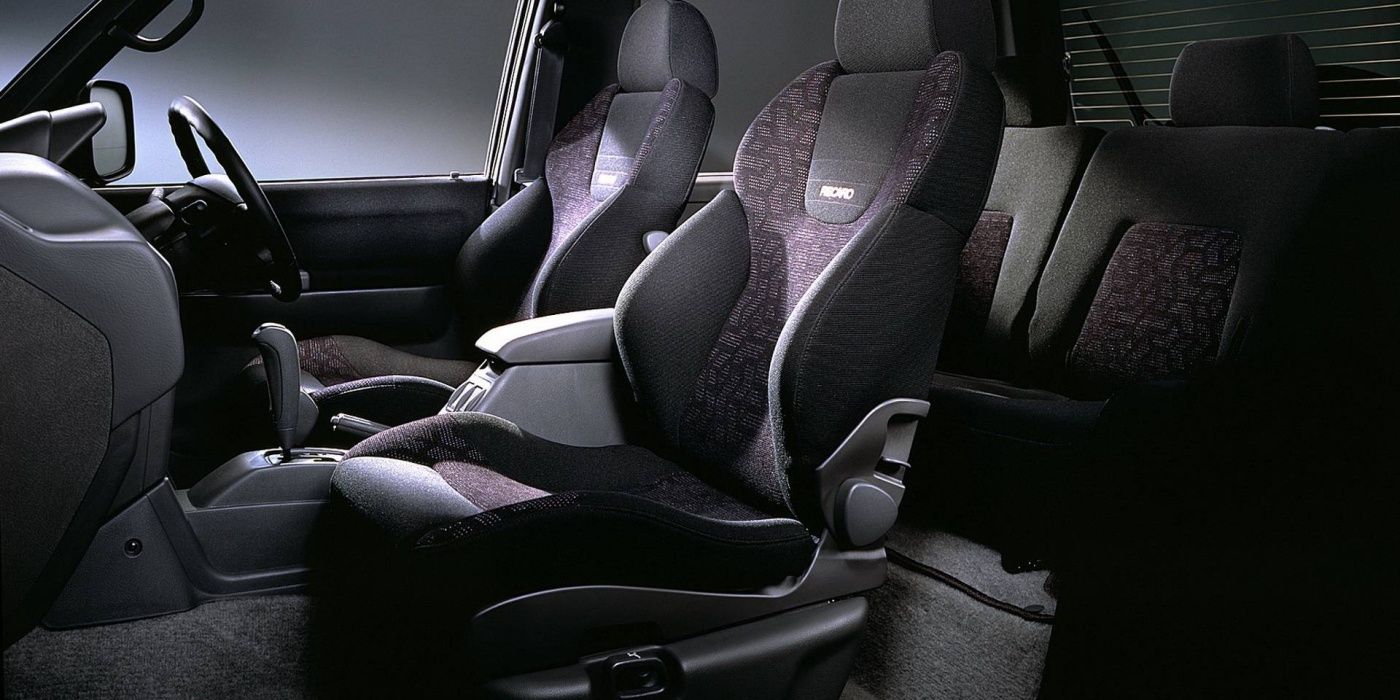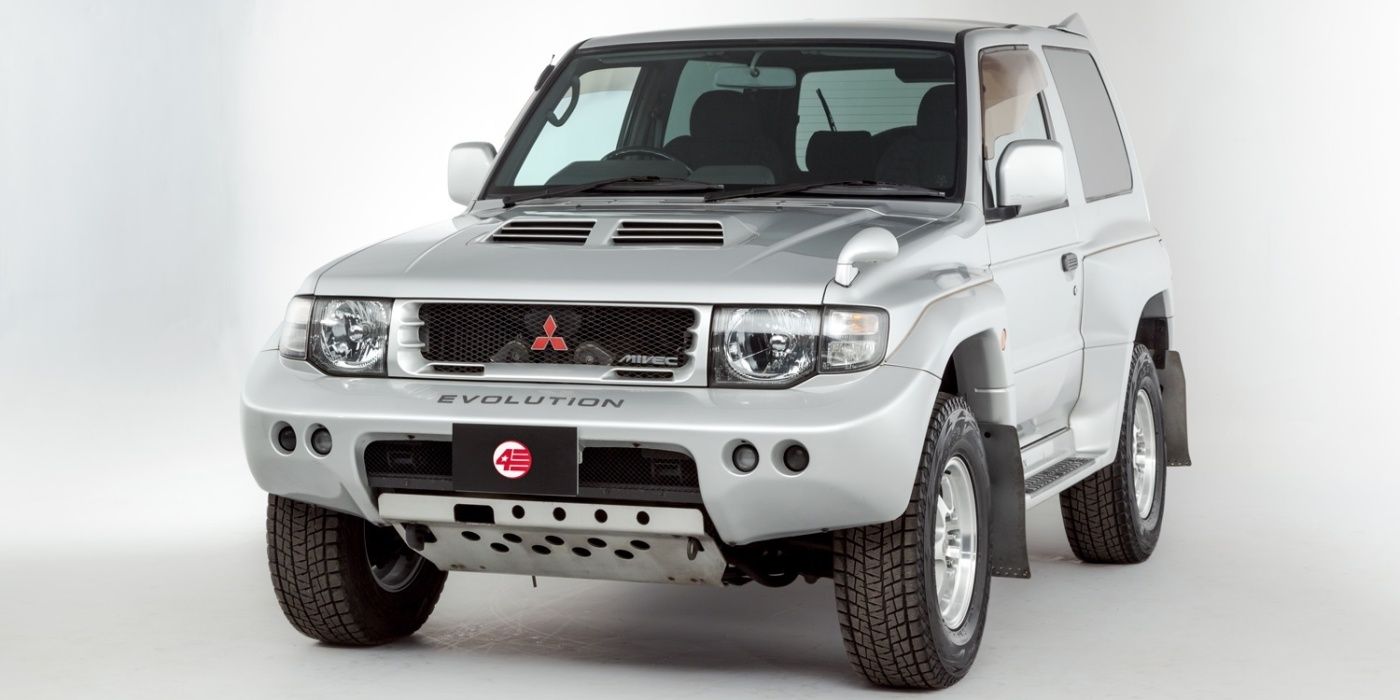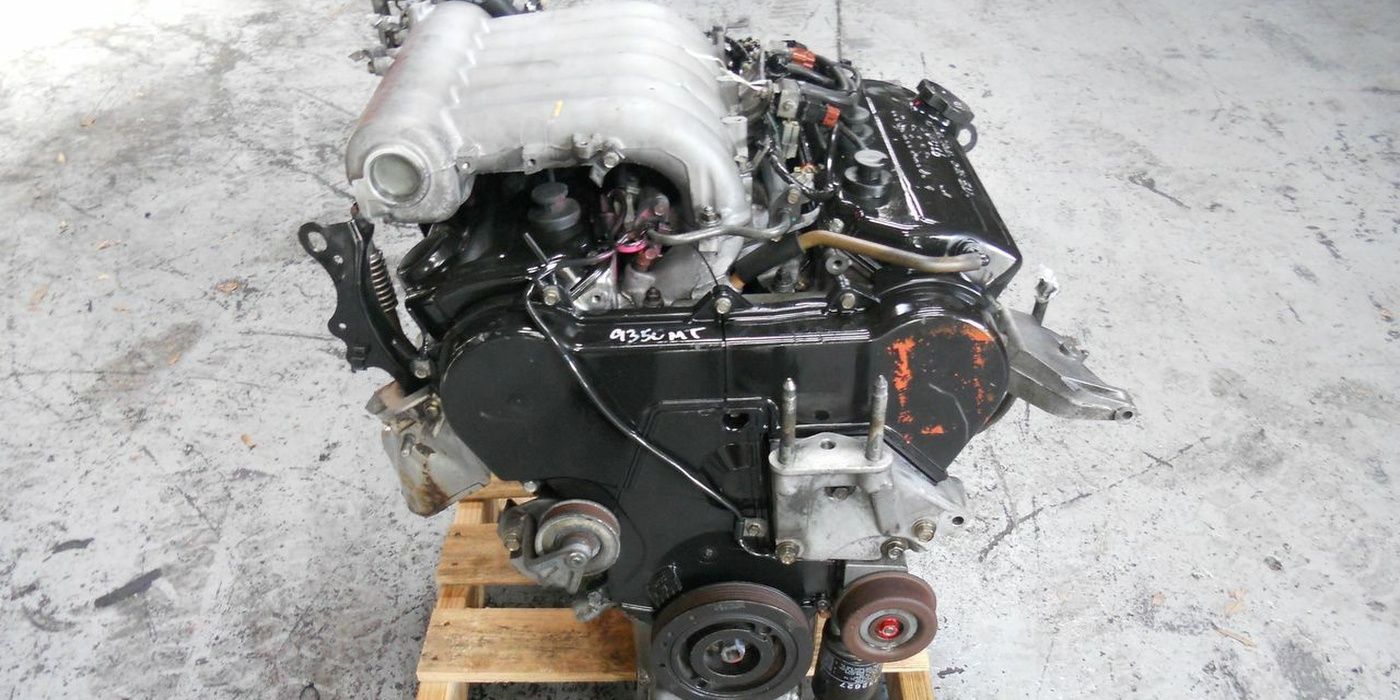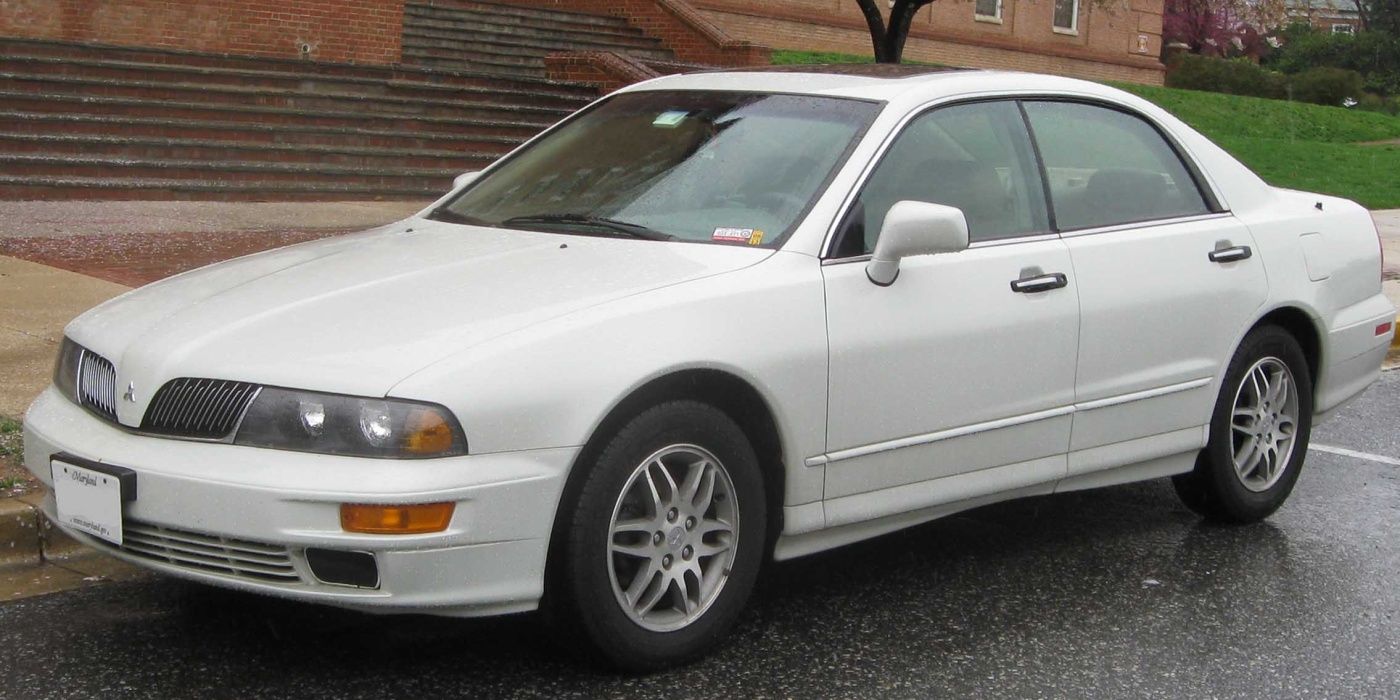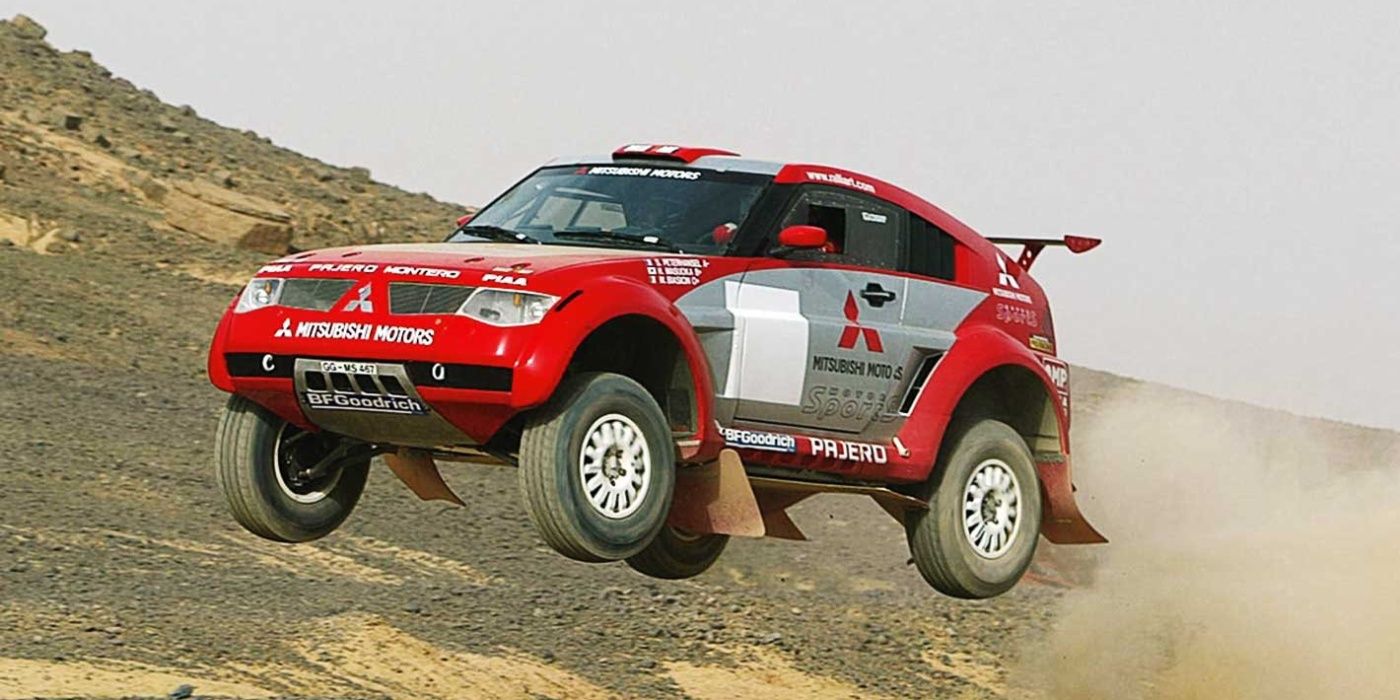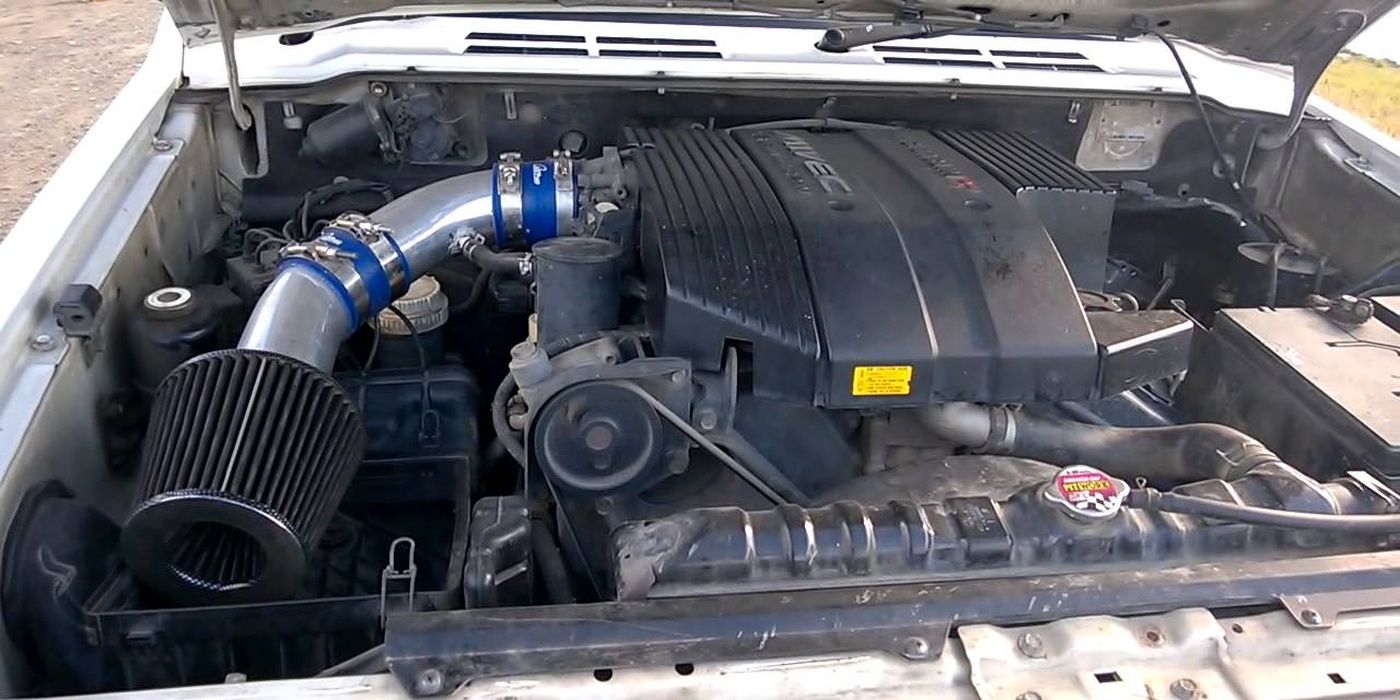There are plenty of reasons why every gearhead should own a Japanese car. First, they are sturdy. Second, some of them are truly unique. A few Japanese automakers are not considered legitimate sports car manufacturers despite having released a couple of amazing vehicles. Mitsubishi is by far one of the most underrated Japanese carmakers currently on the market.
Though the company is well-known in the field thanks to its legendary Lancer Evo, the automaker still remains unpopular in comparison to Toyota or Nissan. While cars such as the Supra and the Skyline are constantly under the spotlight, more common vehicles are completely overlooked. The Mitsubishi Pajero Evolution is one of them, but it is far from a mundane vehicle.
10 American Origins
Jeep played a huge role during World War 2. It helped American troops move swiftly in rugged European and Asian terrains during the war. Thanks to the all-terrain vehicle's agility and sturdiness, the Jeep gave American troops a clear advantage over the enemy. Given its success on the battlefield, the Jeep Willys became a legend.
Some vehicles became popular for truly odd reasons. The Willys was an inspiration for several carmakers. In the Philippines, Willys Jeeps left by American military forces were turned into mini-buses called "Jeepneys." Mitsubishi quickly realized the potential of the Willys, and used it as a base for its SUVs. The Pajero is based on Mitsubishi's Jeep.
9 First Generation
Legendary vehicles are oftentimes derived from previously released cars that were themselves emblematic. The Pajero, despite being overshadowed by much more popular vehicles of the same caliber in the US, is one of the most popular SUVs in the world.
The very first generation of Pajero disrupted the market. While Toyota was the leader of the Japanese SUV market with its Land Cruiser, Mitsubishi was still in the process of coming up with a real technological marvel. The first generation Pajero paved the way for several sturdy and reliable SUVs.
8 Second Generation
To most people living outside of the US, the Pajero is one of the most common SUVs on the road. In countries such as South Africa or Australia, the Pajero is so popular that it can be assumed that at least one individual in the family owns one.
The Pajero is the sort of Japanese car that is a breeze to maintain. Maintaining a Pajero is affordable and parts readily available. This may explain why the Pajero is extremely popular in Third World countries. The second generation saw several upgrades, including a more powerful engine and a less boxy body. The second generation is also the base vehicle for the Pajero Evolution.
7 Road Legal
When looking at the '96 Camaro ZL1, the car does not look like anything special. However, the pony car goes for over $1 million. The same idea applies to a myriad of vehicles. The concept is not limited to emblematic vehicles. Less popular have been produced in very limited numbers and are now worth at least three times their original price.
The Pajero is the type of underrated Japanese car gearheads would love to own. The reasons are quite simple. This the sort of SUV that can go from Japan to Europe and back without breaking a sweat. The ultra-rare Mitsubishi Pajero Evolution is equipped with a 3.5L V6 that develops 276 hp and 256 lb-ft of torque.
6 Paris Dakar
The Paris Dakar Rally is by far the most challenging race in the world. Though the tournament is not aging well, it had time to witness some of the most skilled drivers. Whether it is on a motorcycle, in an SUV, or in an actual souped-up truck, the Paris Dakar sure was full of twists.
The reason behind the creation of the Pajero Evolution is quite obvious: homologation. The Paris Dakar Rally being one of the best tournaments for all-terrain vehicles, Mitsubishi had to do whatever needed to participate and win. Around 2,500 street-legal Pajero Evolution were made between 1997 and 1999.
5 Sporty
When a special edition is released, especially if this special version is meant to be more aggressive, the interior must be equally as sporty as the exterior. Tuners have understood that a while ago. The vast majority of modified sports cars tend to also get a serious makeover in the cockpit.
Japanese cars, especially from the 1990s, tend to have lousy interiors. The Mitsubishi Pajero Evolution was somewhat different. The dashboard is still made out of black plastic, but the seats are from Recaro. Huge improvement. If the Pajero Evolution was made today, it could have easily rivaled some of the mid-range sport SUVs.
4 6G74 MIVEC DOHC
Most mind-blowing vehicles are usually fitted with flabbergasting engines. The Nissan Silvia S15 is known for its SR20DET. The Supra and its 2JZ need absolutely zero introduction. You get the point. Mitsubishi was not going to give its Pajero Evolution some of the worst engines made by the company.
The regular second-generation Pajero is fitted at best with a 3.0L V6 that produces 177 hp. It is a far cry from the 276 hp produced by the 6G74 MIVEC engine found in the Pajero Evolution. Unlike the regular Pajero, the Pajero Evolution does not come with a diesel-powered engine.
3 Borrowed Engine
It is quite common to find similar engines in different cars. Between 1978 and 1983, the Dodge Challenger was equipped with the 2.6L four-cylinder engine from the Galant Lambda. On a more serious note, even German carmakers equip their high-end vehicles with the same engines.
Mitsubishi quickly realized that the 6G74 is a spectacular engine. As a result, the engine was installed in a number of Mitsubishi vehicles. Though only the Pajero Evolution was fitted with the 6G74 MIVEC, other vehicles received a very similar version of the same engine.
2 Grand Champ
There is a reason behind Ferrari's popularity. The company was able to position itself as a serious sports car manufacturer thanks to its multiple success in professional racing. As the saying goes, "win on Sunday, sell on Monday."
Between 1985 and 2007, Mitsubishi won the Paris Dakar Rally twelve times. One of its most publicized wins was with driver Jutta Kleinschmidt. The German driver may not be as popular as Michael Schumacher, but she deserves to receive the same attention. The Pajero Evolution was released in 1997 and won the race the same year with Kenjiro Shinozuka behind the wheel.
1 Winning Is A Habit
There are several cars out there that have made a name for themselves. Whether it is their racing or street-legal versions, they have proven thanks to their accomplishments that they are among the most valuable cars out there. It is often believed that the Lancer Evo is the most valuable Mitsubishi ever made. However, Mitsubishi has got more than one bullet in its revolver.
The Pajero Evolution was unfortunately available for a special kind of average Joes only between 1997 and 1999. In the following years, the Evolution made it to the Paris Dakar, but not to the closest dealership. The street-legal Pajero Evolution now sells for hundreds of thousands of dollars. Mitsubishi released one of the most iconic sport SUVs ever made. That is, by definition, an epic win.

